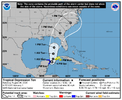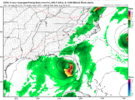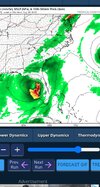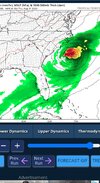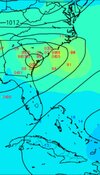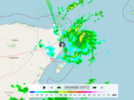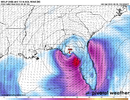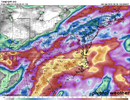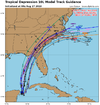accu35
Member
- Joined
- Jan 5, 2017
- Messages
- 8,729
- Reaction score
- 11,011
Weak steering?I think the EURO has the general right idea on the track though I could definitely see it correcting to the west a bit going forward especially now that we have defined center. The bit question I have on it is it’s timing… I just don’t see why it’s holding the center in basically the same spot in two days as it is right now.

